Setting up a sim-racing setup can sometimes be a time-consuming operation, requiring financial resources that match your needs in terms of feel and sensation. You can have a standard setup, with a geared or belt-driven base, a desk and a simple pedalboard. Or you can have the ultimate with a powerful Direct Drive base, Load Cell pedalboard, curved screen and dynamic chassis to feel the body movements. And of course, you can have the middle ground, as most virtual racers have.
Sim-racing is a gaming discipline that has gained a lot of momentum in recent years, especially when motorsport teams started using virtual driving equipment as a training tool. Even if an advanced sim-racing setup is expensive, it’s still far more affordable than using race cars for every test, but it’s still the best way to go in absolute terms, as some sensations are difficult to reproduce virtually.
That said, sim-racing peripheral manufacturers are still trying to push the boundary between reality and virtuality, which has led to a number of products and peripherals, such as Direct Drive bases, Load Cell pedalboards and dynamic chassis. The latter remain a very niche product in the discipline, usually costing an arm and a leg. There are solutions in the form of a platform, notably from Next Level Racing, the Australian company that has been making a name for itself in the discipline for some time, but these products are just as expensive, so not an option for most racers. Let’s face it: if you’re going to spend more than €10,000 on a sim-racing setup, you might as well buy a used sports car and do some track days. It’ll cost more in the long run, but it’s rich in thrills.
The solution derived from cinema: the ButtKicker
Many riders are looking for a setup that gives them a feel close to the real thing. This is possible with a DD base, LC crankset and cockpit. Admittedly, body movements are put aside by most racers for budgetary reasons, but there are solutions that will still provide you with feedback. I’m talking about haptic feedback, which can be seen as an ersatz for dynamic chassis.
In the world of cinema, there’s a product that makes it possible to transport more effects into theaters, especially during scenes with gunfights, explosions and the whole shebang. It’s a device that attaches to the underside of seats to provide vibrations when scenes are spectacular. The product in question is called the ButtKicker, and the company behind it has made a name for itself in the industry.
The ButtKicker uses bass frequencies as an input signal, analyzes them and transforms them into vibration via an electromagnet encapsulated in a cabinet. Every time an explosion sounds on the screen, the bass is picked up by the ButtKicker and transformed into vibration by the electromagnet.
This little device is so popular, and relatively affordable, that sim-raceurs have come up with the idea of installing it on their setup, MacGyver-style. This has proved to be an excellent solution for producing additional effects, such as shocks, braking (ABS), vibrators, and so on. It became so popular that the company behind the ButtKicker released specific products for sim-racing applications: the Gamer Plus and Gamer Pro.
These two devices attach directly to your chassis with a clamp, and connect to your PC or console via a USB and 3.5mm jack cable to retrieve the audio signal. Processing takes place at the ButtKicker level, and the vibrations propagate throughout the cockpit. It’s practical, innovative and, above all, inexpensive (€250 for the Plus, €300 for the Pro). The problem is, you need a chassis to get the most out of it, and not all riders can afford such equipment, especially as it can cost upwards of €1,600.
A cheaper, more adaptable alternative: the NLR HF8
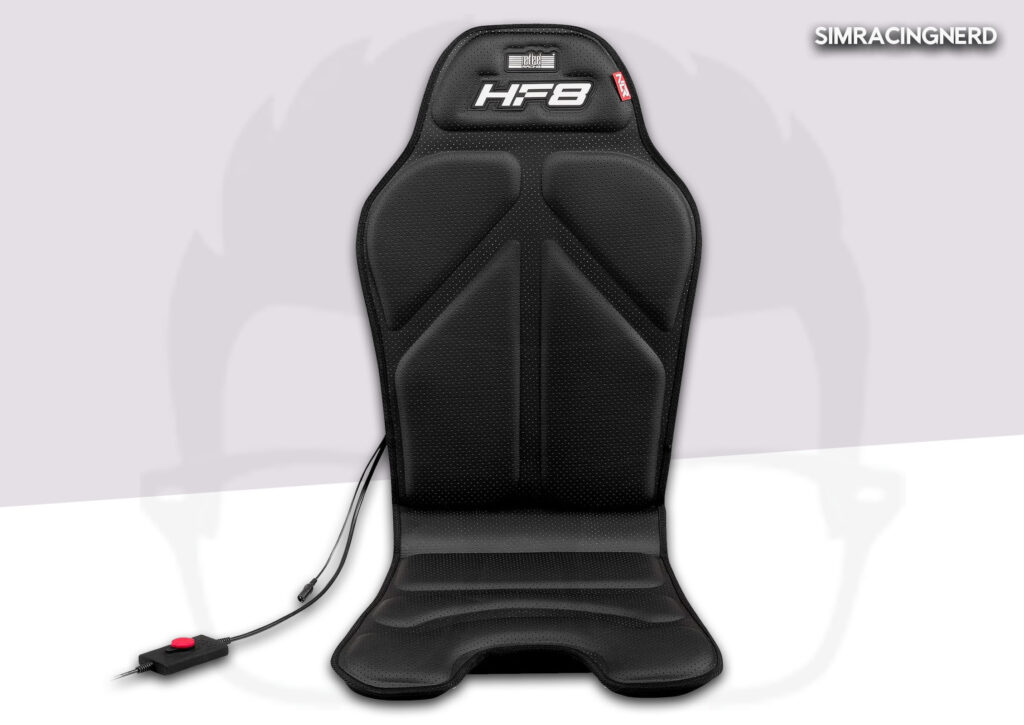
Of course, not everyone can afford a sim-racing chassis, as most are expensive. As a result, many racers use furniture for their setup, such as a desk or table, and even a sim-racing stand. These options are lighter on the bank account, but not suitable for the ButtKicker, as this product is designed for chassis.
Next Level Racing, an Australian company specializing in the manufacture of cockpits, has come up with a solution for racers without chassis: the HF8 Haptic Gaming Pad. It’s a cover, or pad, that you put on a chair and which contains 8 haptic motors (vibrators) to enhance racing sensations.
These motors are distributed throughout the pad, so you can feel the vibrations on your back. The signal part is managed either by a USB plug for PCs, or a 3.5mm jack. The whole system can be configured (on a PC) using SimHub or NLR’s in-house software, to set vibration intensity, zones, etc.
The HF8 is an excellent alternative to the ButtKicker, especially for nomadic riders, and not too expensive either (in the €250 range). However, you should bear in mind that such a product is not as powerful as a ButtKicker, as the motors are small and the vibrations are only felt in your back.
The DIY approach to immersion
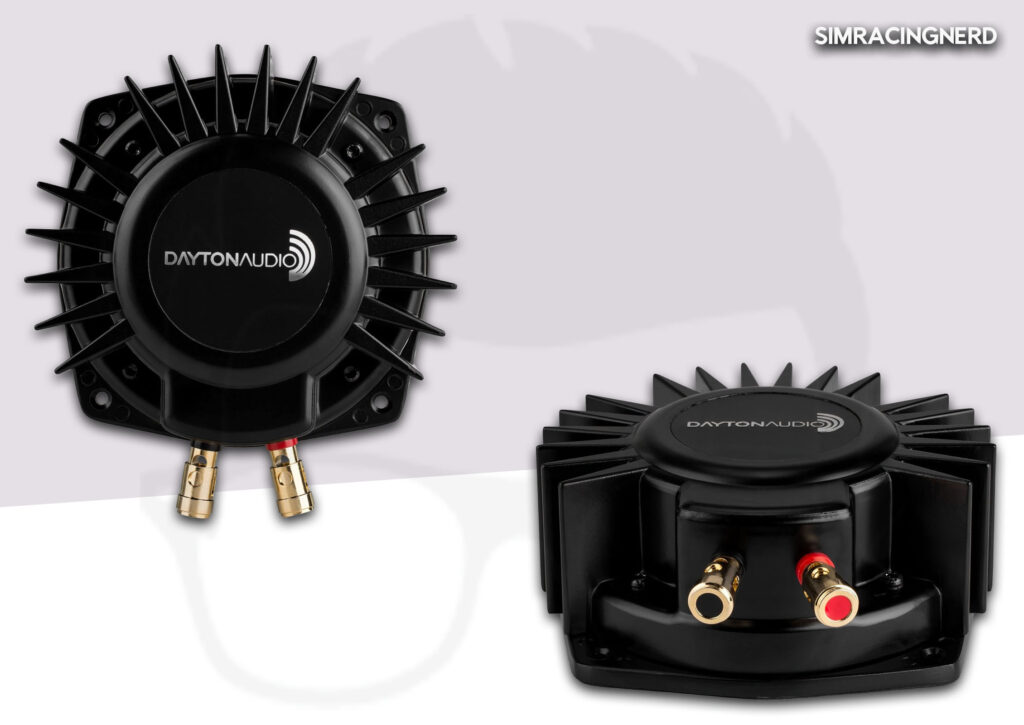
If you want the portability of an HF8, but don’t want to shell out the €250 – although in reality the DIY solution I’m about to present can easily exceed this sum – you have what we call bass shakers.
So the principle is simple: an audio source from the game passes through an amplifier to isolate the low frequencies (bass) and boost them, and a signal is sent to a kind of loudspeaker in a box to produce vibrations. Basically, it’s a bass speaker in a metal box, which attaches to more or less anything and everything.
This solution is not only budget-friendly, costing around €150 for the basic equipment, but also adaptable to virtually any set-up. All you need is :
- An amplifier with one or more outputs depending on the bass shaker
- One or more bass shakers depending on amp power
- Cables for connections between PC and amp, and amp and bass shaker
- Hardware to attach everything to your setup
Audio is managed by the amp and SimHub for intensity settings. It’s cheap if you’re careful, and scalable too, so it’s handy.

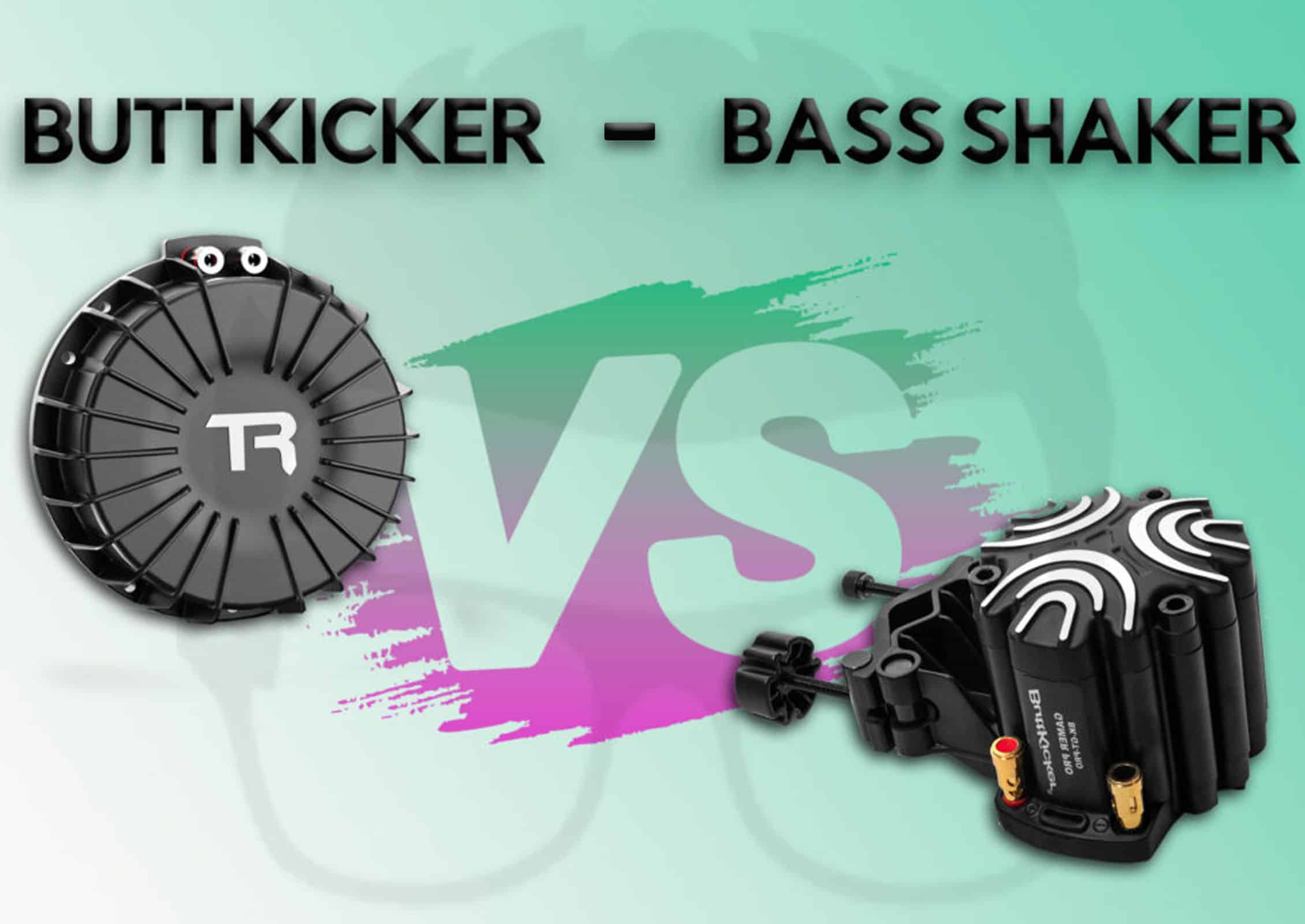
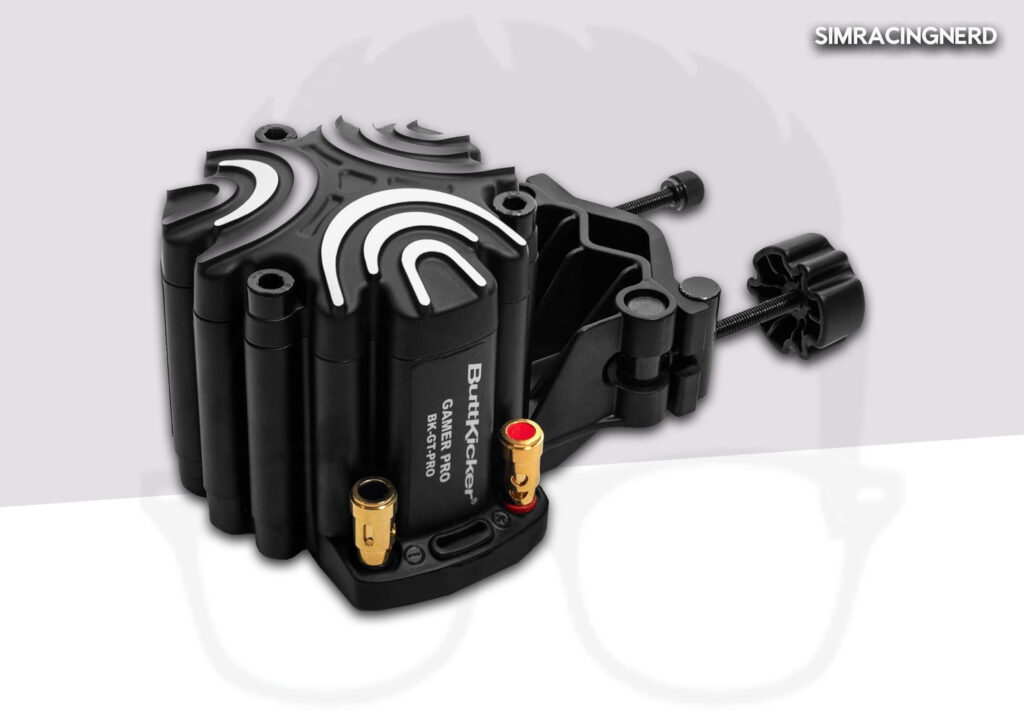

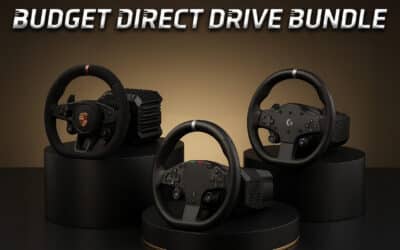
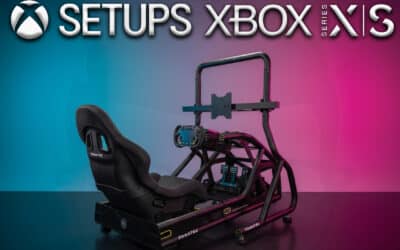

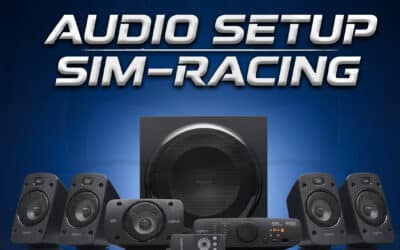

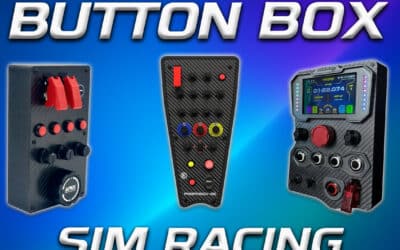
0 Comments